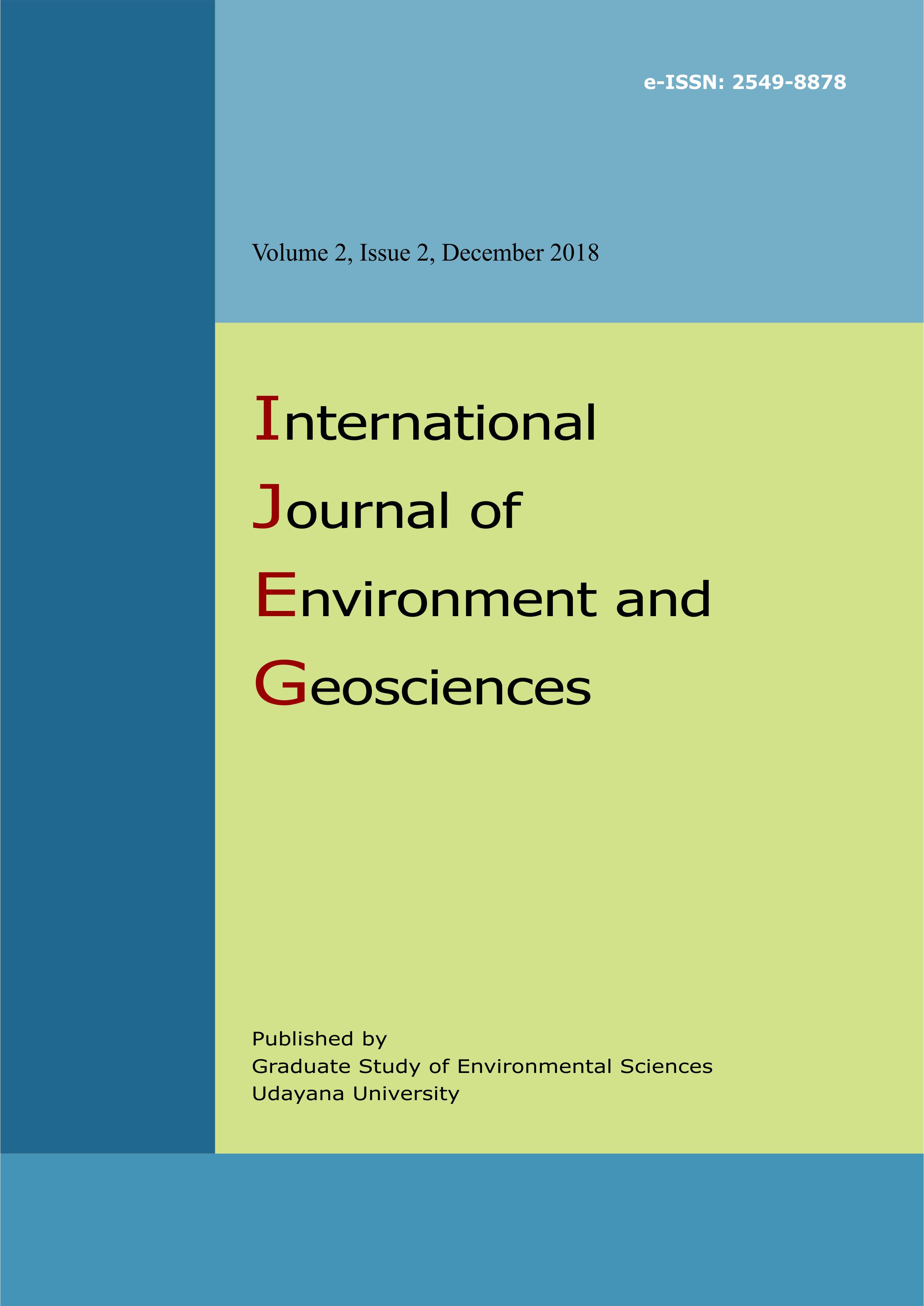Study Of Albacore Tuna (Thunnus alalunga) Abundance Using Regional Ocean Modeling System (ROMS) Data In Indian Ocean
Abstract
First, we analysed alabcore catch data based on time, positions, and layer alabcore caught and ROMS result data monthly climatology data for temperature, salinity. current velocity, and sea surface height for 2005–2008. Then, we analyzed the relationship between catch data and ROMS data by combining the statistical method of regression trogh origin (RTO) and geographic information system (GIS). Three model RTO were generated with the abundance of albacore tuna as a response variable, and temperature, salinity. current velocity, and sea surface height as predictor variables. All of the predictors of temperature, salinity. current velocity, and sea surface height were highly significant (P < 0.001) to the number of albacore tuna. Values of temperature, salinity. current velocity, and sea surface height in albacore tuna preferences ranged from 220 to 230 C, 34.79 to 34.84 Psu, 0.01 to 0.03 m/s and 0.66 to 0.70 m, respectively. Validation of the predicted number ofalbacore tuna with the observed value was significant (P < 0.05, r2 = 0.60). sea surface height was the most important environmental variable to the number of albacore tuna caught, followed by temperature, salinity and current velocity.
Downloads
Authors who publish with this journal agree to the following terms:
- All articles published by International Journal of Environment and Geosciences (IJEG) and Graduate Study of Environmental Sciences, Udayana University are made available under an open access license worldwide immediately. This means everyone has free and unlimited access to the full-text of all articles published in International Journal of Environment and Geosciences (IJEG), and everyone is free to re-use the published material given proper accreditation/citation of the original publication. Open access publication is supported by authors' institutes or research funding agency by payment of a comparatively article processing charge for accepted articles (See Author Fees). International Journal of Environment and Geosciences (IJEG) and Graduate Study of Environmental Sciences, Udayana University publish articles under the Creative Commons Attribution License.
- Authors are able to enter into separate, additional contractual arrangements for the non-exclusive distribution of the journal's published version of the work (e.g., post it to an institutional repository or publish it in a book), with an acknowledgement of its initial publication in this journal.
- Authors are permitted and encouraged to post their work online (e.g., in institutional repositories or on their website) prior to and during the submission process, as it can lead to productive exchanges, as well as earlier and greater citation of published work (See The Effect of Open Access).





